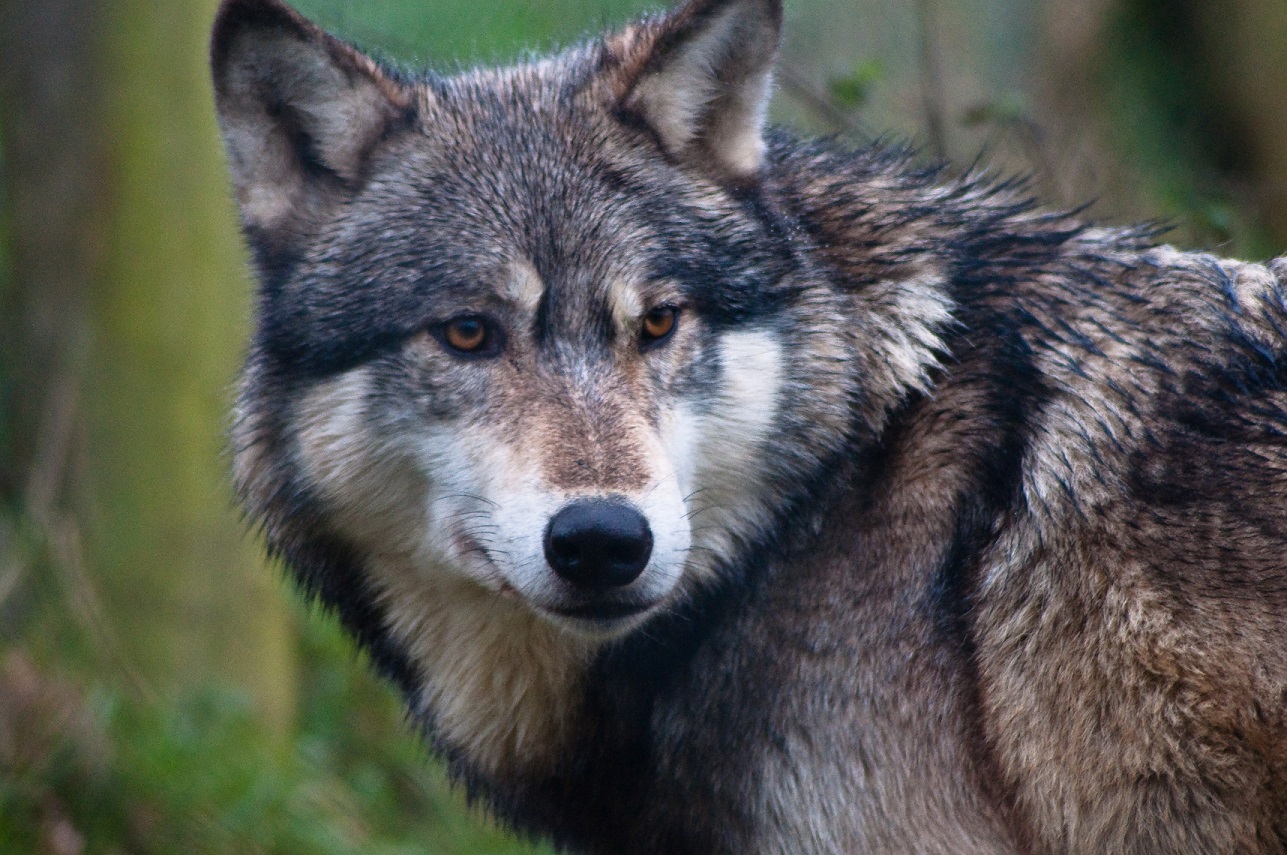Throwback Thursday: From the Vault
Image courtesy of Barnaby_S.
A pack of endangered gray wolves is set to be exterminated by Washington state wildlife officials after killing or injuring 12 cattle over the summer. Killing the 11 wolves known as the Profanity Peak wolf pack will wipe out more than 10 percent of gray wolves in the state. Though many ranchers applaud these efforts to keep their livestock and livelihoods safe from the threat of predation, many wolf supporters lament the loss of a whole pack of the endangered animals.
“Removing members of the Profanity Peak wolf pack is a loss to wolf recovery efforts in the region,” said Shawn Cantrell, Northwest program director for the environmental group Defenders of Wildlife. “The best thing to do is learn from this sad outcome and redouble our collective efforts to proactively prevent future livestock-wolf conflicts.” Cantrell is right – the best way to protect wolves may be to alleviate the human-wildlife conflict that comes with wolves and cattle sharing the same landscapes.
Hank Fischer, one of Cantrell’s Defenders of Wildlife colleagues in Montana, previously devised an approach to help alleviate the financial pressures wolves inflict on ranchers. In the 1980s, Fischer started a Wolf Compensation Program that reimburses ranchers for the value of their livestock lost to wolves. He realized how critical incentives are to wolf conservation at a meeting with livestock producers back in 1984. Fischer described the experience in the Winter 2001 Edition of PERC Reports:
I explained to the ranchers that wolves aren’t like grizzlies. They have a high reproductive rate; they’re not attracted to humans; and livestock losses to wolves are not very high. A rancher stood up and said, “It’s easy to be a wolf lover. It doesn’t cost anything. It’s the people who own livestock that end up paying for wolves.”
The ranchers may not have learned much from me, but I picked up a few things. Foremost, I learned that I didn’t have a good answer for their most central question: Why should they have to pay the costs of wolf introduction?
I had a chance to talk with William Penn Mott, Ronald Reagan’s National Park Service director. He said, “The single most important action that conservation groups could take to advance Yellowstone wolf restoration would be to start a compensation fund. It’s economics that makes ranchers hate wolves. Pay them for their losses and the controversy will subside.”
In 1987, wolves were returning naturally to northwestern Montana (near Glacier National Park), and that summer wolves killed livestock east of Browning. The ranchers lost several thousand dollars’ worth of livestock, and they were angry.
The only solution was to pay these ranchers for their losses. I sent a fund-raising letter to several Defenders of Wildlife members in Montana, and I had the necessary funds within 48 hours. We paid about $3500 to those ranchers. Suddenly, the wolf/livestock conflict was no longer an issue dominating the newspapers. It disappeared. I went back to my organization and said, “Let’s keep doing this.”
I’m trying to bridge the gap between people who may not want wolves and my organization, which is committed to wolf restoration. Many ranchers tell me, “I don’t mind having wolves around, but I can’t afford to have them killing my livestock.” In a sense, we are attempting to make a contract. Our side of the contract is that wolves that kill livestock will be controlled (moved, relocated, or killed). Their side of the contract is to tolerate wolves that do not kill livestock.
In sum, the people who support wolves need to take economic responsibility for them. But this program is about a lot more than money. It’s about respecting what the ranchers do.
Sure, some ranchers still hate wolves, but most of those compensated through Fischer’s program have no complaints. As one rancher from Idaho put it: “I’m satisfied because Defenders has compensated for what they have agreed to compensate for.” Fischer’s approach created a value chain linking environmental demand with environmental supply, and he took the opportunity to act as a broker between these opposing sides.
Through the Wolf Compensation Program, Defenders of Wildlife has paid ranchers over $1.3 million in compensation for livestock killed by wolves in the areas surrounding Yellowstone National Park. In this same area, the number of wolves has grown from near zero to more than 400 animals since the endangered species was reintroduced to Yellowstone in 1995.
Political fights between ranchers and predator supporters over human-wildlife conflicts result in winners and losers, consuming time and money. If we hope to avoid situations like the one in Washington, where ranchers’ livelihoods are threatened by wolves and wolf supporters’ efforts to restore an endangered species go up in smoke, it is important to look for win-win solutions that avoid the fight. Approaches that offset the liability of predators to the people who share the same landscapes, such as the Wolf Compensation Program, are one way to achieve these mutually beneficial results.



